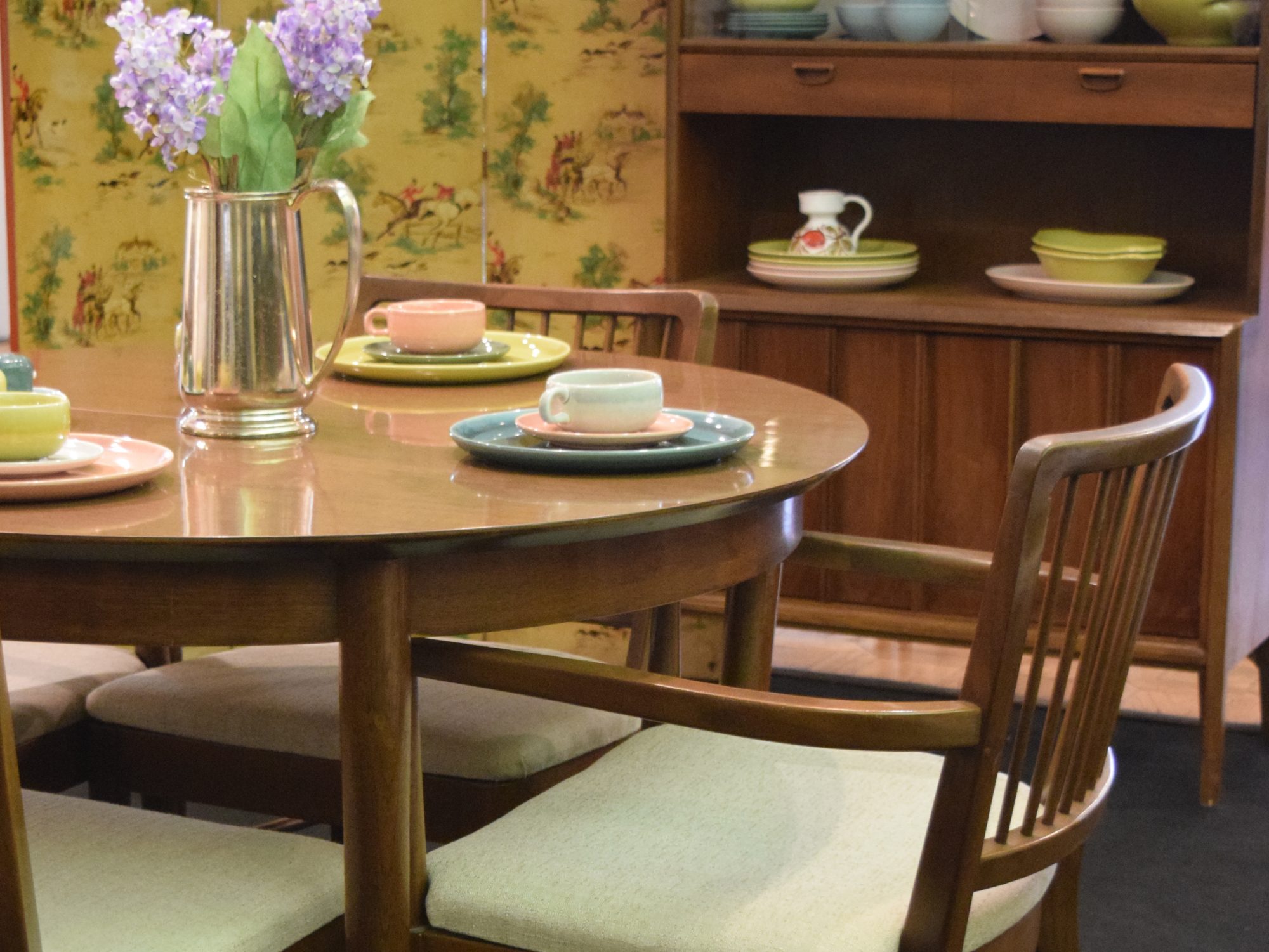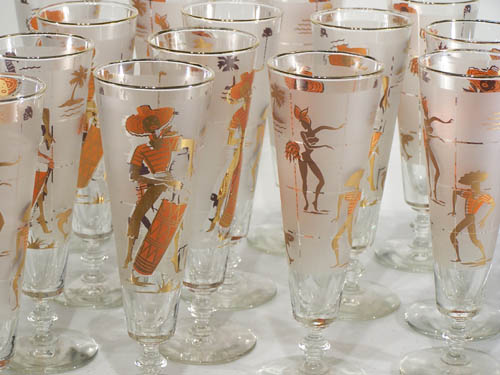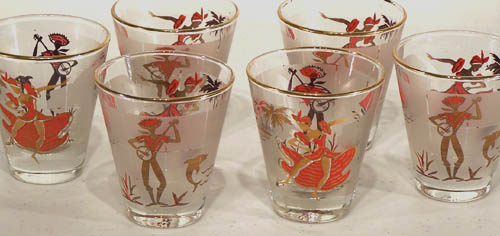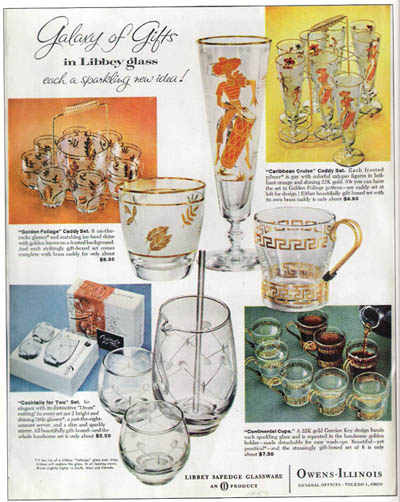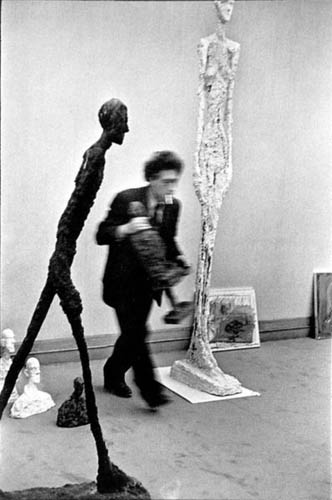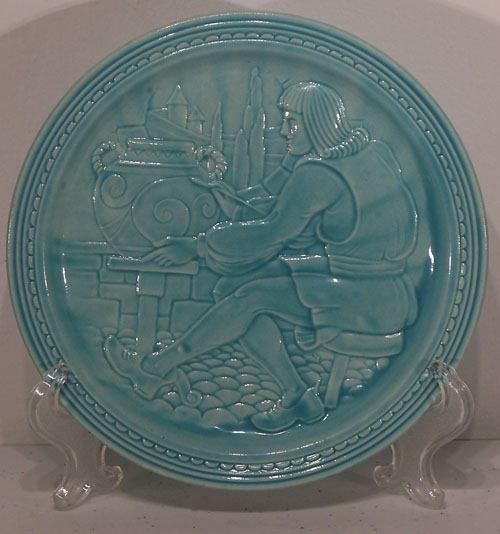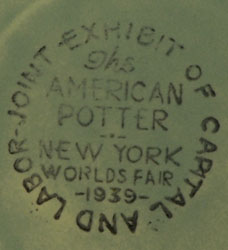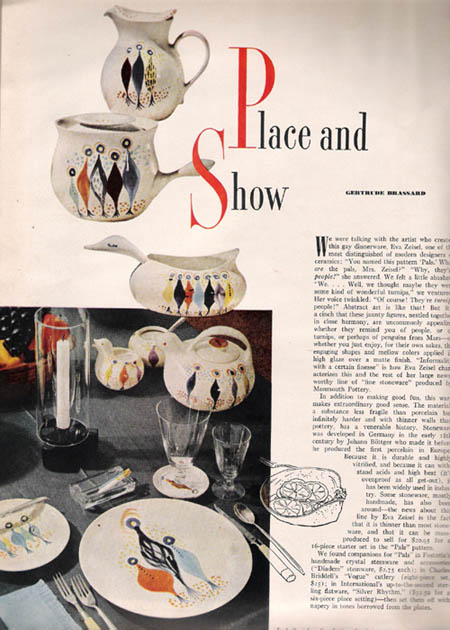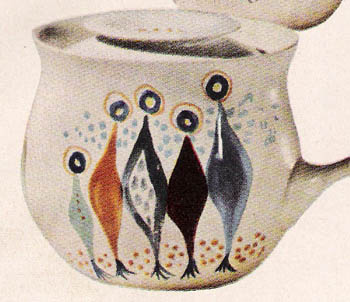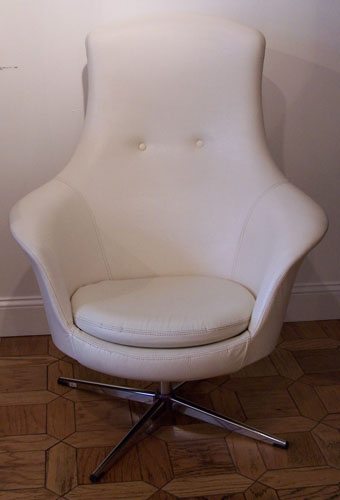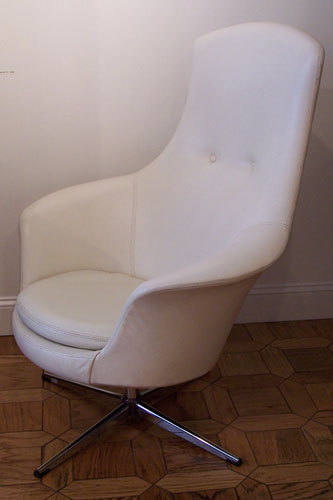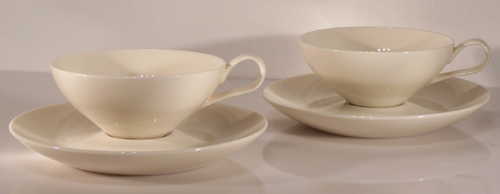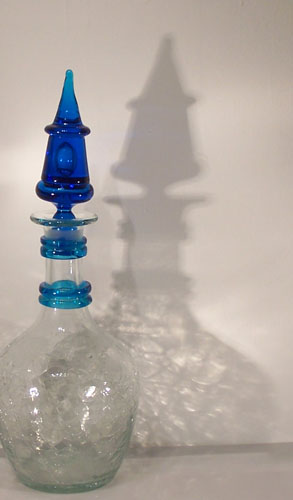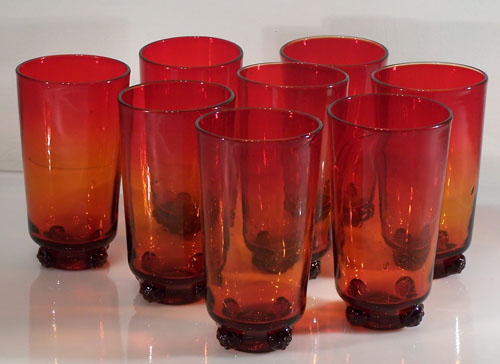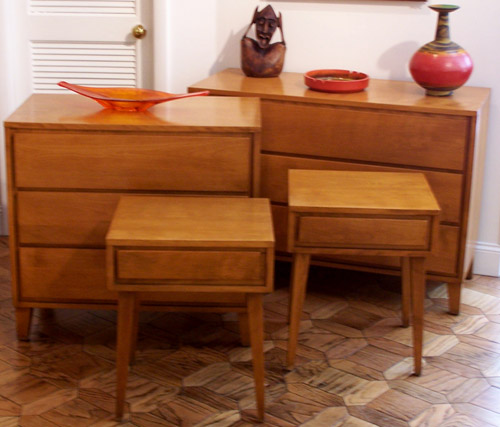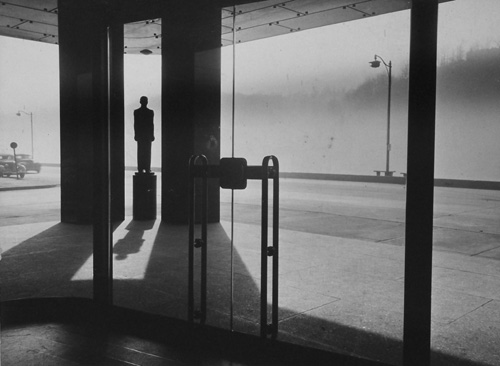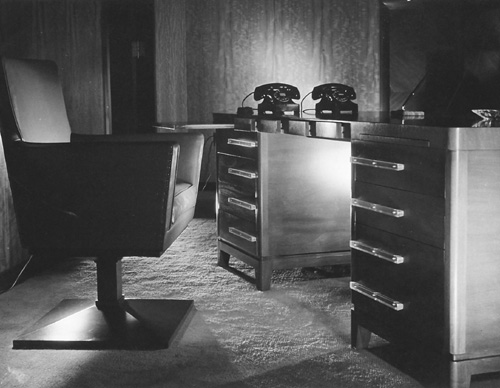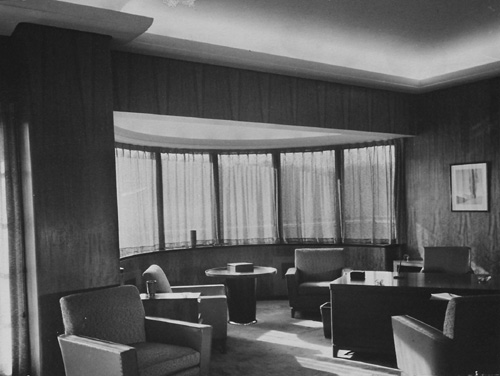
Heywood-Wakefield Advertisement – The American Home Magazine – August 1953
As I had written earlier this week, the pile of The American Home magazines I recently ran across has been a treasure trove of fabulous information, images and style. It is always so nice to see how the vintage items I cherish now were originally presented, utilized, marketed and displayed.
The Heywood-Wakefield ad shown here includes pieces which are part of our collection. The china cabinet, buffet and dining chairs (with the drop leaf whalebone table not shown) all sit in my dining room. This exceptionally styled and crafted furniture is as stylish today as it was 55 years ago.
